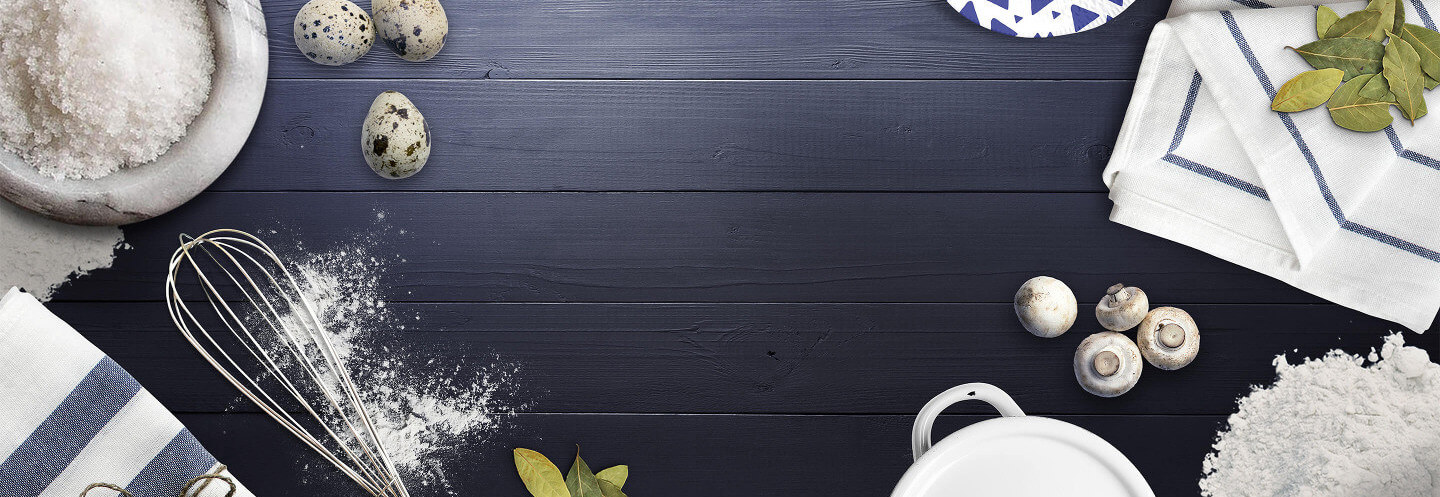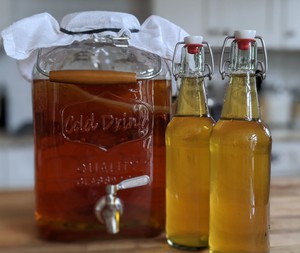https://www.copymethat.com/r/qgw2jVF9n/homebrew-kombucha/
74288400
GYDEMul
qgw2jVF9n
2024-09-01 04:48:35
Homebrew Kombucha
loading...
X
Servings: 3 liters
Servings: 3 liters
Ingredients
- subheading: Ingredients:
- 180 grams sugar
- 15 grams black tea or 5 teabags
- 1800 ml cold water
- 900 ml boiling water
- 300 ml Kombucha starter
- subheading: Equipment:
- 3 liter Kilner jar
- 1 cheesecloth, 4 layers thick
- 750 ml glass bottle
- 1 filter funnel
Steps
- Boil a kettle of water, dissolve the 180g sugar in a cup of 300ml boiling water.
- If using teabags, brew the tea in a teapot in 600ml water, and if using the loose leaf tea in a large bag, just brew it in the fermentation jar.
- Combine the brewed tea and sugar water (900ml total) in the kilner jar, and top up with 1800ml of cold tap water, and leave to cool until the temperature reaches 85 F / 30 C or less. Hotter water harms the bacteria. You could speed it up by substituting some of the tap water with ice cubes or refrigerated water.
- Stir in 300ml of kombucha starter, with or without the "SCOBY" pellicle, cover the jar with multiple layers of cheesecloth and secure the cloth with a rubber band.
- Leave to ferment for at least 3 days at a temperature of 21 to 25 degrees before drawing the first bottle. We then draw the second bottle after 5 days and third and final bottle after 7 days, then start the next batch.
- Keep 300ml of Kombucha from the top and save it in the fridge as a starter for the next fermentation. The kombucha at the bottom of the jar is too yeast-rich.
- Take the resealable glass bottle and the funnel, and add a tablespoon of sugar to the funnel, then fill the bottle from the fermentation jar, taking care not to let it bubble over.
- Seal the bottle and leave to sit for 24 hours for second fermentation, then refrigerate and serve.
- The bottle of Kombucha will be more tart from the longer fermentation.
Notes
- Fun fact: SCOBY stands for "symbiotic culture of yeast and bacteria", but it's actually a pellicle made primarily of bacterial cellulose, and the yeast and bacteria are not symbiotic, they're competing. The bacteria create the pellicle as a barrier to keep other microbes out, and to reduce the oxygen level to hamper the yeast.




